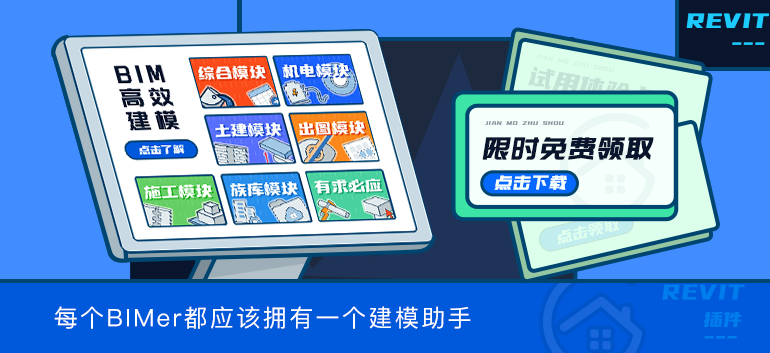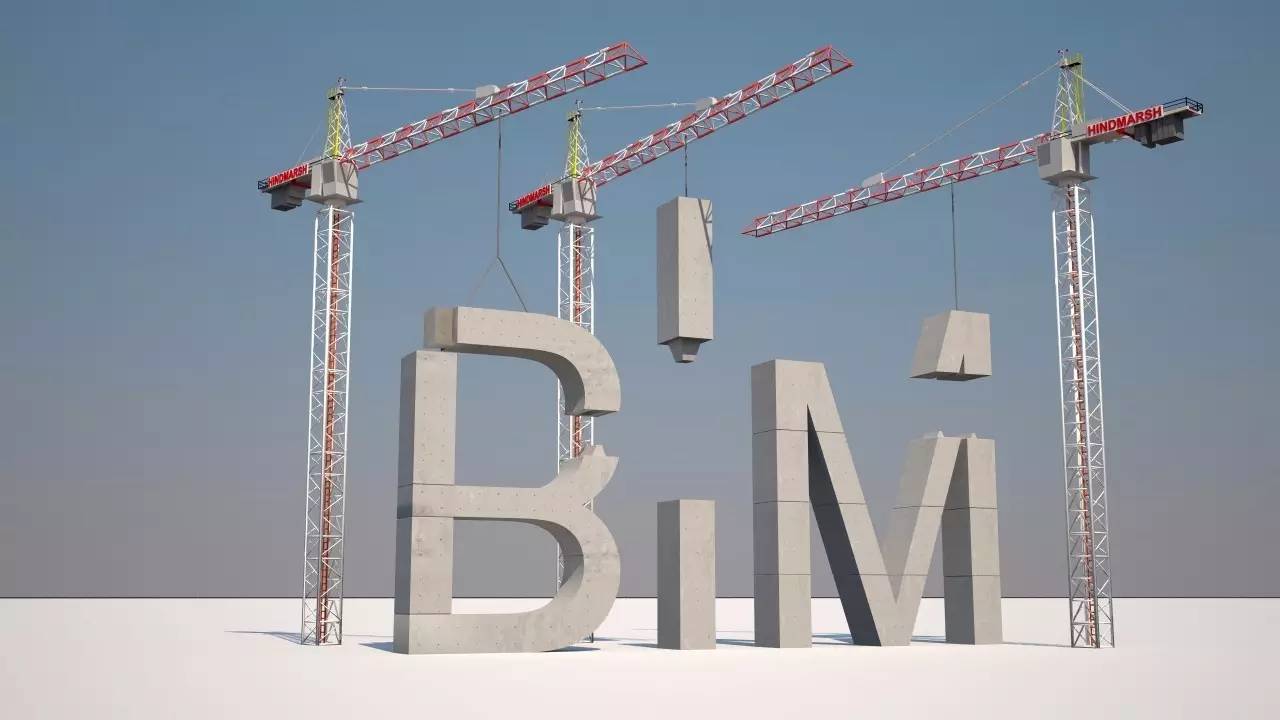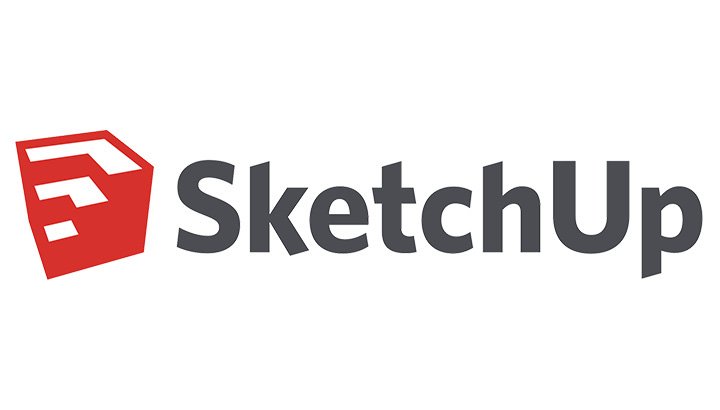
Introduction:
Revit is a leading software in the field of building information modeling (BIM). It provides architects, engineers, and construction professionals with a powerful toolset to design, visualize, and analyze building projects. In this comprehensive analysis, we will delve into the various usage techniques, tutorials, and the latest version of Revit.
Section 1: Overview of Revit
Revit is developed by Autodesk and was first released in 2000. It has since become the go-to software for BIM due to its user-friendly interface and extensive feature set. Revit allows users to create intelligent 3D models that encompass all aspects of a building project, including architecture, structure, and MEP (mechanical, electrical, and plumbing). These models are information-rich, enabling data-driven decision-making throughout the project lifecycle.
Section 2: Key Features and Tools
Revit offers a wide range of features and tools that enhance the design and documentation process. Some of the key features include:
1. Parametric Design: Revit's parametric modeling allows users to create intelligent, dynamic models. Changes made to one element are automatically reflected in all associated components, saving time and ensuring accuracy.
2. Visualization and Rendering: Revit offers powerful rendering capabilities, allowing users to create realistic visualizations of their designs. This helps stakeholders to better understand the project and make informed decisions.
3. Collaboration and Coordination: Revit supports collaborative work, allowing multiple team members to work on the same project simultaneously. It also facilitates clash detection, identifying clashes between different building systems and resolving them before construction.
4. Analysis and Simulation: Revit can be used for various analyses and simulations, such as energy analysis, structural analysis, and daylighting analysis. This helps optimize building performance and sustainability.
5. Documentation and Detailing: Revit streamlines the documentation process by automatically generating 2D drawings from the 3D model. It also provides tools for annotating and detailing drawings, ensuring accurate and comprehensive documentation.
Section 3: Usage Techniques
To make the most out of Revit, it is essential to follow certain usage techniques. Here are some tips to enhance your workflow:
1. Familiarize Yourself with the Interface: Start by understanding the different areas of the Revit interface, such as the ribbon, project browser, and properties palette. Customize the interface to suit your preferences.
2. Create Templates: Develop customized templates that include your company's standards and project-specific settings. This will save you time and promote consistency across projects.
3. Utilize Worksets: When collaborating with others, utilize Revit's worksets feature to divide the project into manageable sections. This allows team members to work independently while maintaining project integrity.
4. Utilize Keyboard Shortcuts: Familiarize yourself with the keyboard shortcuts in Revit to speed up your modeling and documentation tasks. Customize shortcuts to match your workflow.
5. Learn Parametric Families: Families are the building blocks in Revit. Learn how to create and modify families to improve your modeling capabilities and create custom components.
6. Stay Updated: As technology evolves, so does Revit. Stay updated with the latest version to take advantage of new features and enhancements.
Section 4: Tutorials
Revit offers a vast library of tutorials catered to different skill levels and disciplines. These tutorials provide step-by-step guidance on various Revit functionalities. Some popular tutorial topics include creating floor plans, modeling walls, using parametric families, and rendering.
Section 5: Latest Version: Revit 2023
The latest version of Revit, Revit 2023, was released in April 2022. It introduces several new features, including:
1. Enhanced Collaboration: Revit 2023 further improves collaboration with the introduction of the Cloud Model Upgrade tool. This tool allows users to seamlessly upgrade their cloud-hosted models to the latest version.
2. Performance Enhancements: Revit 2023 includes performance improvements for faster model opening, sheet generation, and view navigation. These enhancements improve productivity and user experience.
3. Generative Design Enhancements: The Generative Design feature in Revit has been enhanced with new options for design exploration. This allows users to generate and evaluate multiple design options quickly.
4. Multistory Stairs: Revit 2023 introduces the ability to create multistory stairs, making it easier to model complex building configurations.
Conclusion:

Revit is a powerful software that revolutionizes the building design and construction process. By following the usage techniques, utilizing the key features and tools, and staying updated with the latest version, users can maximize their productivity and efficiency. Revit's comprehensive library of tutorials further assists users in mastering the software. With the continuous evolution of Revit, we can expect to see more innovative features and enhancements in the future, further improving the BIM workflow.











